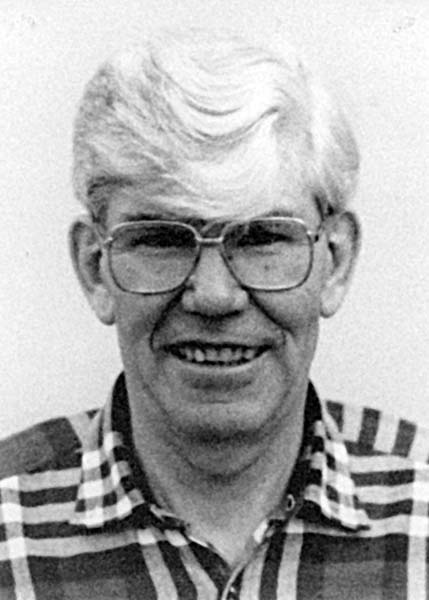Adolf W. Lohmann
Adolf W. Lohmann

Adolf W. Lohmann was born in Germany in 1926 and attended the University of Hamburg, where he received a BSc (1949), MSc (1951), and a PhD in physics (1953). While at the University of Hamburg, he served for two years as a research assistant. In 1953, he was named Assistant Professor in the Physical Institute at the Technical University Braunschweig, Germany, and four years later he was named Associate Professor at the Institute. During the 1958-59 academic year, he served as a guest researcher at the Institute of Optics at the Royal Institute of Technology in Stockholm, Sweden. In 1961 he was a consultant at the IBM Development Laboratory in San Jose, California. He was named Manager of the Optical Signal Processing Division of the IBM Research Laboratory in 1963, where he remained until moving to the University of California San Diego (UCSD) as Senior Lecturer (1967) and professor (1968-1973).
In 1973, Lohmann returned to Germany to take a position as full Professor and Chair of the newly created Department of Applied Optics at the University of Erlangen, a position he held until his retirement in 1992. After formally retiring, he held visiting professorships at the Weizmann Institute, Israel; University of Valencia, Spain; INAOE (National Research Institute), Mexico; Tel Aviv University, Israel; and he served as Adjunct Professor at the University of Arizona College of Optics.
Lohmann's major technical interest was the fundamentals and applications of physical optics in the broadest sense. Beginning in the 1950s, he made continuously significant contributions in analog and digital processing of information by using optical techniques. His enormous creativity invariably led to unique optical solutions. In 1955, he developed a technique called “single-sideband holography” that allowed him to suppress the holographic twin image by approaching holography conceptually like a communications system. In the 1960s, he invented “computer generated holograms” by implementing pulse modulation optically. Later in the 1980s, when the field of optics in computing emerged, Lohmann again played a leading role. His remarkable contributions showed how classical optics can be used to implement massively parallel processing operations for data networking and array generation. Since retiring officially in 1992, he remained active, with his research interests including fractional transformations, phase-space optics, super resolution, temporal optical processing, optical processing with partially coherent light, and “flatland optics,” which is an optical implementation of E. A. Abbott's science fiction story from 1884.
A member of the Society for 54 years, Lohmann served on the Board of Directors from 1991-1993. He also served as president of the International Commission for Optics (ICO), and as a member of the Board of Directors of the German Society for Applied Optics. Lohmann was a member of the German Physics Society (DPG), the Royal Swedish Academy of Engineering, and the Bavarian Academy of Sciences.
Lohmann was named a Fellow in 1968. He received the Max Born Award in 1984, the C.E.K. Mees Medal in 1987, and he was the first recipient of the Emmett N. Leith Medal in 2008. His many other awards and honors include the IBM Invention Award, IBM Outstanding Invention Award, Federal Medal of Merit, and the SPIE A. E. Conrady Award. He was an honorary member of the Chinese Academy of Engineering, the German Optical Society for Applied Optics, and the European Optical Society. He authored or co-authored approximately 350 journal articles and held numerous patents. Optical Information Processing: A Tribute to Adolf Lohmann was published by SPIE Press in 2002
Adolf W. Lohmann died on 15 December 2013, please see Optica's memorial entry.
Document Created: 26 July 2023
Last Updated: 28 August 2023
